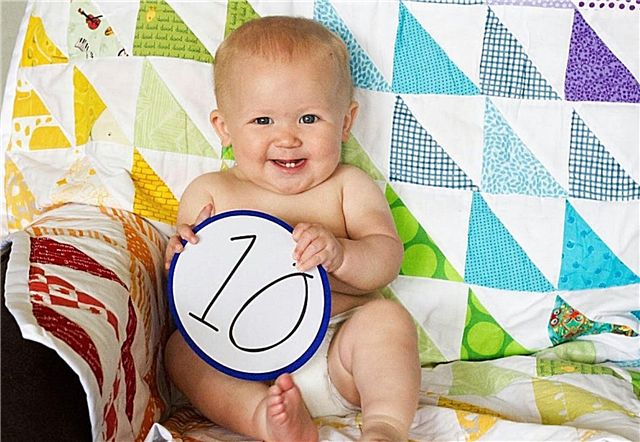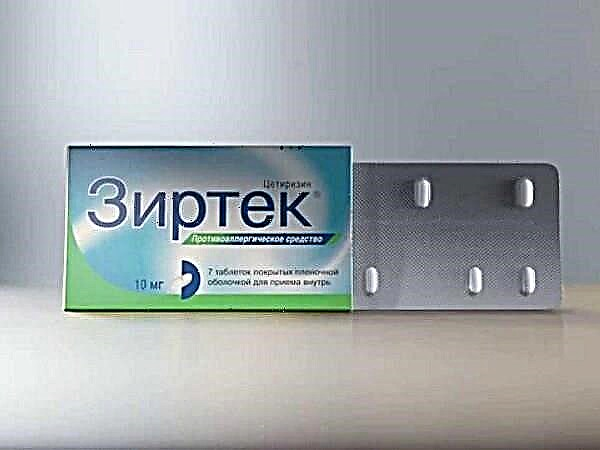
Children's checkmate in chess has such a name because it is received mainly by children. And even if an adult loses, he does it quite "like a child" - that is, surrenders the game quickly and without resistance.
To master children's checkmate, first, let's figure out what a checkmate is in chess.
Checkmate is a position when one of the kings cannot defend against the attack of enemy pieces - neither move away, nor eat, nor shield from the attackers. This means that the player whose king is "caught" has lost the game.
Usually checkmate is placed at the very end of the game, when there are already at least a minimum of pieces on the board. But you can also lose at the beginning if you make wrong moves. A child's mate can be found in the opening of the game. An experienced chessplayer will never be given a checkmate, while beginners still have too little knowledge, so they make fatal mistakes.
In reality, baby mats are easy to avoid if played correctly.
Baby mat idea
The chess king in the game is protected by various pieces. If we look at the board, we will make sure that in the initial position the king is surrounded by his assistants - the queen, bishop, pawns. And each cell of the board near it (chess players call them fields) is also under their vigilant supervision. But if you are a little familiar with the rules, you will notice that one of the squares next to the kings - f2 (for white) and f7 (for black) protects only the king. Chess players call these squares weak, because in the event of an attack, the defenders may not have time to help.

The idea behind the baby mat is to attack the weak point. If played incorrectly, the game will end very quickly. The classic children's mat is placed in 4 moves. The attacking side attacks with a fast queen and bishop. The sequence of moves for a child's mate is reflected in the chess notation:
e4 e5 - means that the white pawn went to the e4 square, and the black one to e5.
Qh5 Nc6 - White queen moved to h5, black knight to c6.
Bc4 Nf6 ?? - the white bishop moved to the c4 square, the black knight to the f6 square. Two question marks when recording a game means that this is a very bad move.
Qxf7x White captures the f7 pawn and mates.

White's second and third moves can be reversed, it doesn't matter, the main thing is that both the bishop and the queen attack the f7-square. Some players believe that a child's mate is placed in 3 moves, because Black did not make the fourth move. But all the same it is more correct to call it mate in 4 moves.
Black mate is placed in the same position, only in its mirror image.
There is another version of the children's mat (it is also often called a stupid mat):
1.f3 (or f4) e6 - the white pawn went to f4, the black one to e6.
2.g4 ?? Qh4x - the white pawn went to g4 - this is a very bad move. Black mates with his queen on h4.
The result was a checkmate in 2 moves.
The chess player lost so quickly, because he opened the weak f7-square, which, on the contrary, must be protected as much as possible.

Protection from baby mat
How to avoid mate in the game? It is necessary to closely monitor the moves of the enemy - and in case of threats - immediately take protective measures. Tell your child that the queen is a very strong piece and it is wrong to take it out at the beginning of the game, because he will immediately be attacked by other pieces. If your opponent brought the queen out early in order to checkmate you, you need to take advantage of this - you can attack him and at the same time prevent mate.
In the classic child's mate, it is necessary to defend the f2-square (for Black f7). For example, when the white queen stands on h5, the queen f6 will be an excellent retaliatory move for black. Now he will protect the f7 square. Then Black can move his bishop to the c5 square, and the losing side becomes the attacking side, attacking the f2 square.
In addition to the queen f6, Black can move with the g6 pawn and attack the white queen. This variation is suitable if the black e5 pawn is protected (the knight is on c6 or the pawn on d6). White wanted to checkmate, but in the end he will have to hurry to escape in order not to lose his queen. Black's position is better than White's. There are other ways to protect yourself.
In order not to get a stupid checkmate, it is enough not to make openly weak moves - f4 and g4.


How to help your child remember baby mat
- Explain to him what the term means - weak squares in chess, give examples of such squares. Why are f2 and f7 called weak? What figures are protecting them?
- Show on the chessboard how you can make a children's checkmate with white and black pieces (following the advice from the article)
- Start practicing the technique - have the child put you a child's checkmate with white and then black pieces. Make weak moves, let him beat you several times without resistance. The main thing is to understand the idea and the approximate sequence of displaying the figures.
- Keep exercising. Let the child checkmate you with white, and you resist, make defensive moves. It is very useful for a kid to look for options in new positions. Don't forget to change the color of the pieces - now let them attack with black.
- Switch roles - you checkmate and the child defends. Also practice this technique with both white and black.
Do not scold the child if he cannot immediately checkmate or does not come out to effectively defend himself. Be patient, even if your little one makes mistakes all the time. As soon as he understands the idea and masters a new skill, all problems will disappear, and he will play chess much stronger.


How to make a baby mat is shown in the following video.



